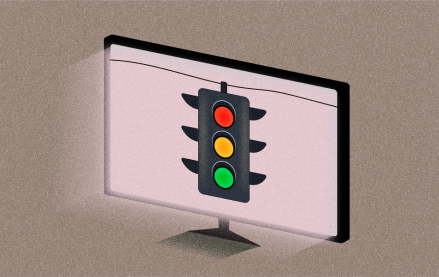 This week’s news that Netflix was bidding for a 26-part series, “House of Cards,” starring Kevin Spacey, proved the Web can be a conduit for original episodic content. The move is the clearest sign yet that there will soon be virtually no distinction between TV and Web video.
This week’s news that Netflix was bidding for a 26-part series, “House of Cards,” starring Kevin Spacey, proved the Web can be a conduit for original episodic content. The move is the clearest sign yet that there will soon be virtually no distinction between TV and Web video.
The simple fact is that watching an episode of The Office on the 42″ plasma screen can be accomplished any number of ways nowadays, whether it’s linear TV, via a DVR or through an Amazon purchase piped to the TV via a phone. Content providers and advertisers alike need to adjust their thinking to focus more on “The Experience” and less on what I’m using for a remote control.
Netflix is positioning themselves well around The Experience. It wants to own Living Room 2.0, whether its an actual living room, a dorm room, or no room at all. And they are doing a hell of a job so far. Its latest effort to put a Netflix button on any consumer electronics device is the easiest way to own any platform. They own your DVD player with discs in the mail, and they’ll own your streaming with one little button. Talk about an Easy Button.
With 20 million subscribers, Netflix is larger than Showtime (19.5 million), Starz (18.2 million) and catching up to HBO’s 28 million subscribers by adding 3 million new subscribers in Q4 of 2010. All three offer original programming, with varying degrees of success. So if the magic black box in the middle doesn’t matter, why do people look at Netflix any differently than any other premium cable station?
Barry Diller said at SXSW, “In three years you’ll have Internet television to be out there and accessed by everybody. Anyone with an idea and some backing can find an audience.” Yet he said that movie studios were going to try and kill Netflix. Why? He should view Netflix the same way as he views HBO: another content distribution partner to extend the live and revenue potential of content.
Last week, I got some blowback to my contention that the Web is woefully lacking in high-quality original video content. I still believe that, but I don’t think it will continue. There’s no use making a distinction between the cable box and the computer. Of all the new players popping up to challenge the hegemony of TV, Netflix has executed a great strategy rather flawlessly. The paradigm is shifting. “Watching television” is no longer defined by hardware choices as much as it is by the content and the user experience.
More in Media

What publishers are wishing for this holiday season: End AI scraping and determine AI-powered audience value
December 22, 2025
Publishers want a fair, structured, regulated AI environment and they also want to define what the next decade of audience metrics looks like.

Media giant Essence launches a marketplace for Black women-led brands
December 22, 2025
Essence has launched WeLoveUs.shop, a new online marketplace dedicated to Black women-led brands.

In Graphic Detail: The state of AI referral traffic in 2025
December 22, 2025
The stats reveal a new audience pipeline forming outside of traditional search and social platforms.





